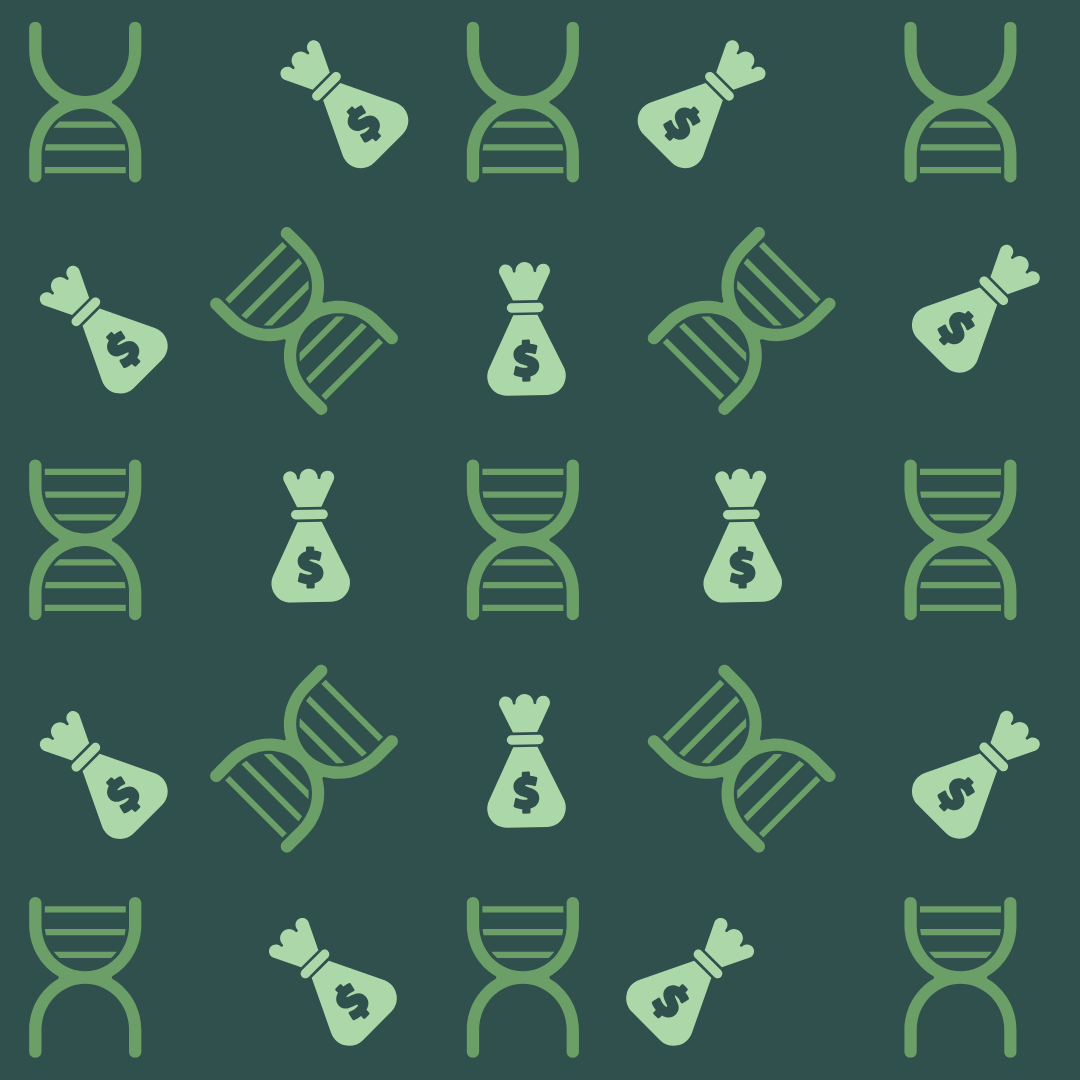Opinion: Gene Therapy Should Not Be a Luxury
By Dennis Sponer,
BioSpace
| 09. 03. 2025
It can cure deadly diseases, save long-term healthcare costs and transform lives. But the U.S. insurance system still isn’t ready to pay for it.
Imagine telling a child with sickle cell disease that a cure exists—but it’s too expensive for their insurer to cover. That’s not a hypothetical. It’s the reality of gene therapy today: a revolutionary medical breakthrough caught in the bottleneck of American healthcare economics.
Gene therapy is no longer science fiction. It’s curing diseases once considered lifelong or fatal. But instead of ushering in a new era of medicine, these treatments are crashing into old models of insurance and reimbursement—and patients are paying the price. Treatments like Zolgensma for spinal muscular atrophy ($2.1M) and Hemgenix for hemophilia B ($3.5M) are among the world’s most expensive drugs, and gene therapy spending in the U.S. is projected to average $20.4 billion annually over the next decade, split between private insurers, Medicare and Medicaid.
Despite FDA approvals, uptake remains limited—as of last fall, only about 100 patients globally had received newly approved sickle-cell gene therapies, largely due to insurer hesitancy, high out-of-pocket costs and complex prior authorization hurdles. While some payers have begun crafting installment or outcomes-based agreements, coverage remains patchy and often excludes...
Related Articles
By Grace Won, KQED [with CGS' Katie Hasson] | 12.02.2025
In the U.S., it’s illegal to edit genes in human embryos with the intention of creating a genetically engineered baby. But according to the Wall Street Journal, Bay Area startups are focused on just that. It wouldn’t be the first...
Several recent Biopolitical Times posts (1, 2, 3, 4) have called attention to the alarmingly rapid commercialization of “designer baby” technologies: polygenic embryo screening (especially its use to purportedly screen for traits like intelligence), in vitro gametogenesis (lab-made eggs and sperm), and heritable genome editing (also termed embryo editing or reproductive gene editing). Those three, together with artificial wombs, have been dubbed the “Gattaca stack” by Brian Armstrong, CEO of the cryptocurrency company...
Alice Wong, founder of the Disability Visibility Project, MacArthur Genius, liberationist, storyteller, writer, and friend of CGS, died on November 14. Alice shone a bright light on pervasive ableism in our society. She articulated how people with disabilities are limited not by an inability to do things but by systemic segregation and discrimination, the de-prioritization of accessibility, and the devaluation of their lives.
We at CGS learned so much from Alice about disability justice, which goes beyond rights...
By Adam Feuerstein, Stat | 11.20.2025
The Food and Drug Administration was more than likely correct to reject Biohaven Pharmaceuticals’ treatment for spinocerebellar ataxia, a rare and debilitating neurodegenerative disease. At the very least, the decision announced Tuesday night was not a surprise to anyone paying attention. Approval...




